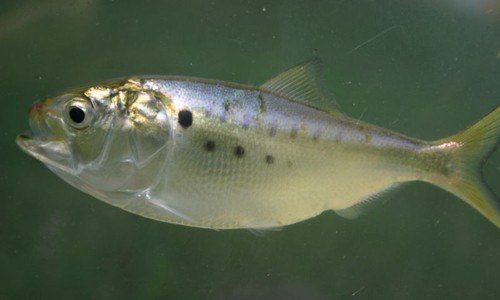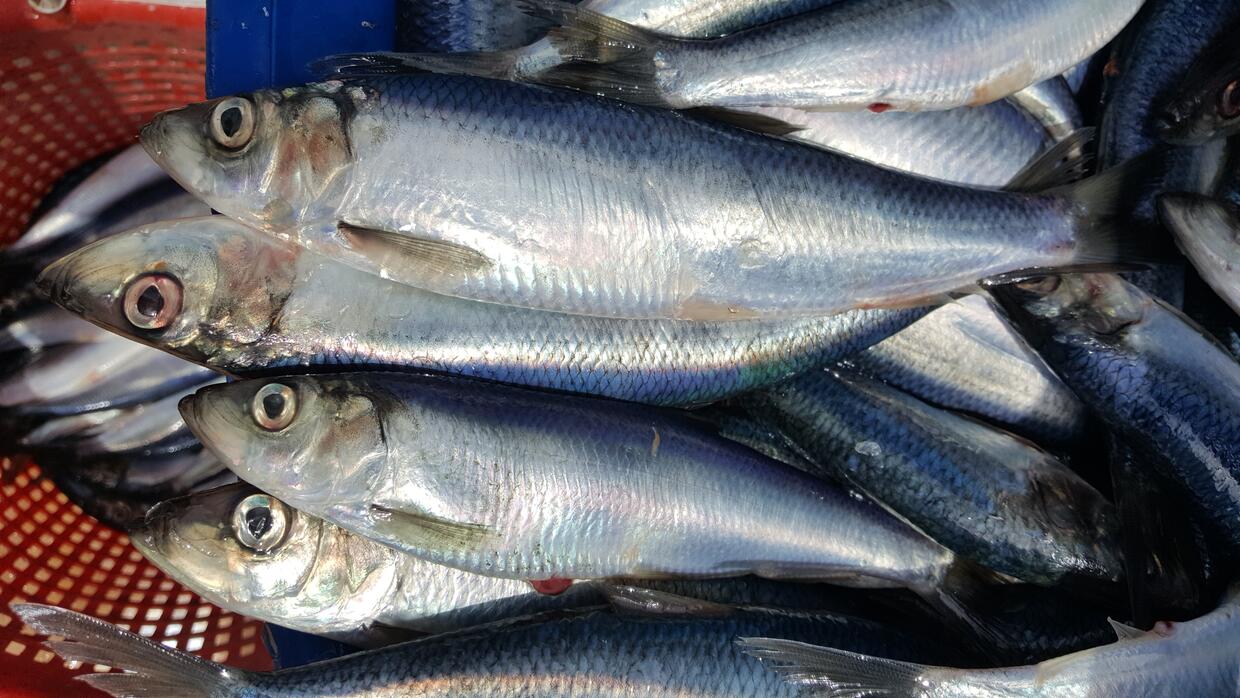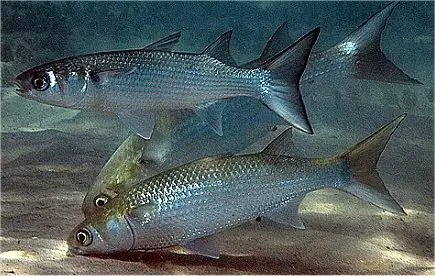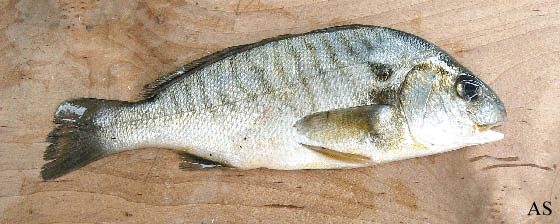{jcomments on}
1)Stick to the Bay Before the Fourth of July
They say history repeats itself. Oh and doing the same thing over and over and expecting a different result is a definition of insanity. Well every year when the Fluke season opens I hit the ocean in search of my favorite quarry. And typically, for 2 months the keeping (and catching) of Fluke is poor. The water is just too cold. Sure, you can hit a day where everything aligns and you have a nice day but the reality is Ocean Fluke fishing in South NJ really does not get started until August. So, this year I vow to stop wasting gas and time running and gunning looking for just the right spot in the ocean. Rather stick to the bay and inlet until the ocean really warms up.
2)West May Not Always Be Best
There is an old adage when it comes to NJ Fluke fishing that 'West is Best' when it comes to wind direction. Surely, this adage comes with the wisdom that has been passed down through the times. It is hard to argue with and is always a good rule of thumb. However, I will tell you something that may come as a surprise to you. When the wind starts blowing from the south often leads to very good fishing. I am talking early in the southerlies cycle. Usually, the bite will die down once it blows south more than 4 hours but the first 4 hours of south can be awesome. Once the wind has blown from the south for any considerable amount of time it will shut down the fishing due to upwelling.
3)Don't Over Scope
Bucktailing for fluke is one of life's great pastimes. Many fluke fishermen prefer to bucktail as compared to all other methods. On a typical summer day going fluke fishing, the mornings start off with calm winds and you are easily able to drop your bucktails to the bottom. As the day goes on, the wind gradually increases, and you will need to increase the size of your bucktail to keep your line in as perpendicular as possible position. I know when I start my day on a typical day fishing in around 50 ft of water a 3oz bucktail is usually about right to begin fishing. Increase the bucktail in 1 oz increments to hold perpendicular. When no longer possible to hold bottom with 6 or 7 oz bucktails it is probably better just to drop lead and to switch to bait fishing.
4)Different Techniques
Most fluke fishermen will tell you that you need to drift to catch fluke. As the fluke lay on the bottom, they wait for food (bait) to come within their range. So drifting covers the most ground to let you go by the most fluke. On most days, this is not a problem as the day presents enough wind to push the boat along at a fast enough (or too fast) pace. However, that is not always true. The question is what do you do when the conditions are suboptimal? My number 1 answer is power drift. I have been doing this for years and it works. Somewhat amazingly, I remember a day at the 'Tires' (Barnegat Light) when the wind was dead calm. It was a summer weekend day and the Tires was a zoo. I power drifted around catching Fluke while the other boats just sat by and watched. This year I am going to go trolling for Fluke. Kind of like power drifting on steroids but not exactly. When power drifting typically using regular fluke rigs. Trolling with Texas rigs or similar. Anchor and chum also has it's place in your arenal
5) Rainbows of Colors
Some days the color of your jigs is of no importance and the fight bite the same regardless of color. On other days color is of critical importance. Most popular colors are white and chartreuse but it pays to really stock up on a wide variety of colors. Pink, black, and green are also must have colors. On slow days it really pays to experiment as it can make the difference of putting fish in the box or going home with the "SKUNK".









